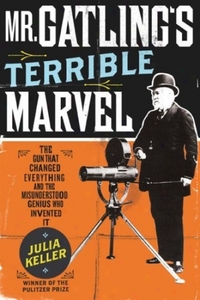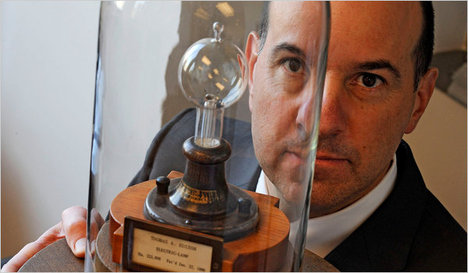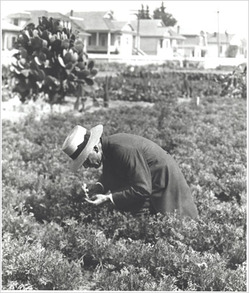(p. 395) Whitney patented his ‘gin’ (a shortened form of ‘engine’) and prepared to become stupendously wealthy.
. . .
(p. 396) . . . , the gin truly was a marvel. Whitney and Miller formed a partnership with every expectation of getting rich, but they were disastrous businessmen. For the use of their machine, they demanded a one-third share of any harvest – a proportion that plantation owners and southern legislators alike saw as frankly rapacious. That Whitney and Miller were both Yankees didn’t help sentiment either. Stubbornly they refused to modify their demands, convinced that southern growers could not hold out in the face of such a transforming piece of technology. They were right about the irresistibility, but failed to note that the gin was also easily pirated. Any halfway decent carpenter could knock one out in a couple of hours. Soon plantation owners across the south were harvesting cotton with home-made gins. Whitney and Miller filed sixty suits in Georgia and many others elsewhere, but found little sympathy in southern courts. By 1800 – just seven years after the gin’s invention – Miller and Catharine Greene were in such desperate straits that they had to sell the plantation.
Source:
Bryson, Bill. At Home: A Short History of Private Life. New York: Doubleday, 2010.
(Note: ellipses added.)



